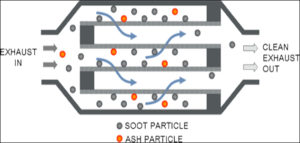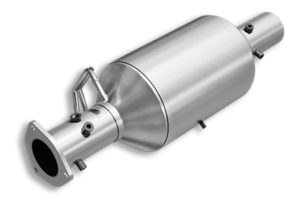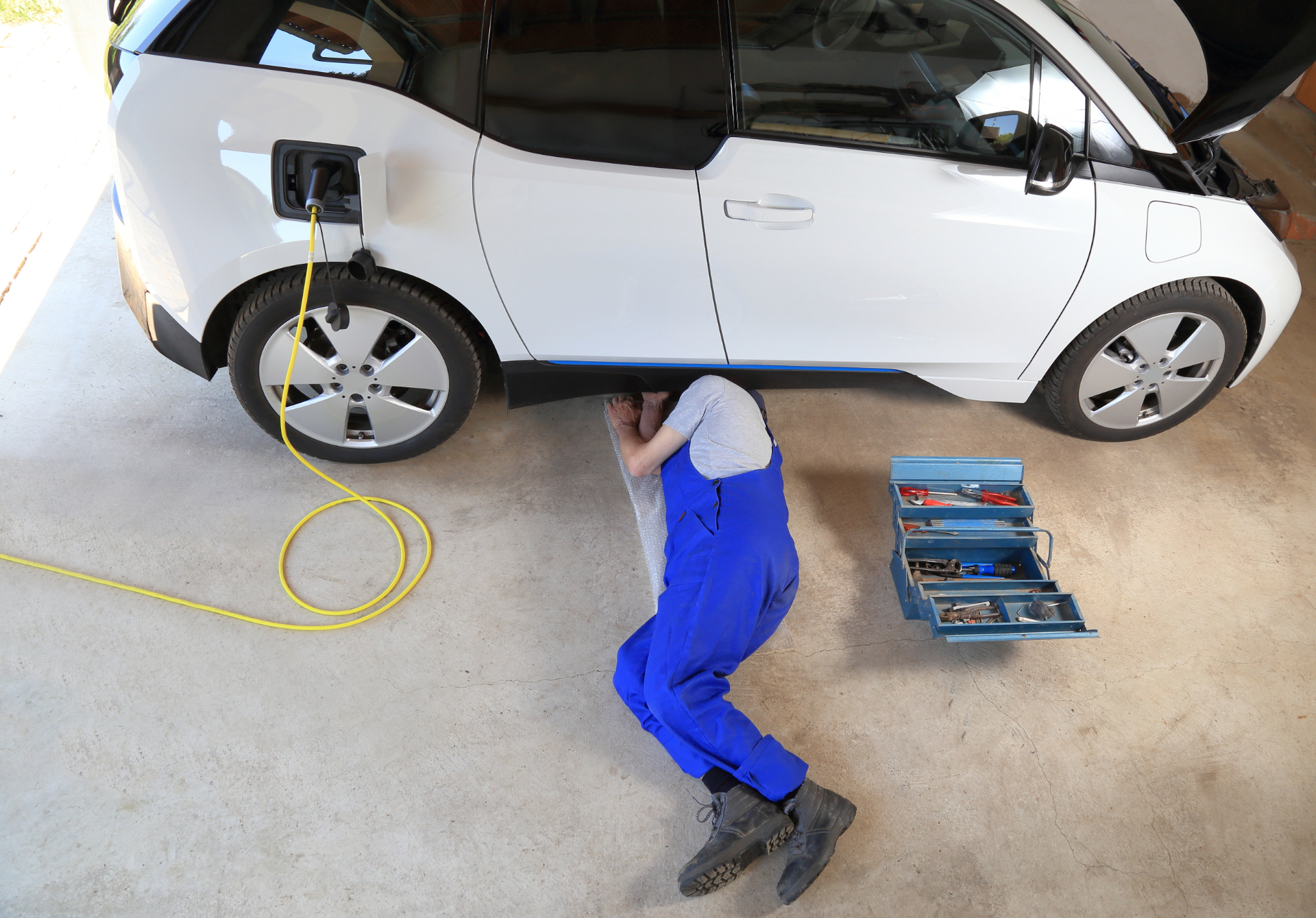Our in-house adjudicators within our alternative dispute resolution (ADR) team often receives contacts from consumers relating to the diesel particulate filter (or DPF) on their vehicle. But what does it do, and how does it work? Read on to find out more…
What is a diesel particulate filter (DPF)?
 Fitted to all new diesel-powered cars since 2009 when the Euro 5 standard came into force, the ultimate purpose of the diesel particulate filter (DPF) is to collect and remove soot from the exhaust when diesel is burned (using a mesh-like structure), in order to avoid harmful emissions being released into the environment.
Fitted to all new diesel-powered cars since 2009 when the Euro 5 standard came into force, the ultimate purpose of the diesel particulate filter (DPF) is to collect and remove soot from the exhaust when diesel is burned (using a mesh-like structure), in order to avoid harmful emissions being released into the environment.
What is passive and active regeneration?
 A DPF has to be emptied regularly in order for it to work at its optimum level. This is often carried out through a process called “passive regeneration” when the exhaust reaches a high enough temperature on motorways or fast A-roads. This means that the collected soot is burnt off, thereby leaving a small bit of ash residue as a result.
A DPF has to be emptied regularly in order for it to work at its optimum level. This is often carried out through a process called “passive regeneration” when the exhaust reaches a high enough temperature on motorways or fast A-roads. This means that the collected soot is burnt off, thereby leaving a small bit of ash residue as a result.
There is also something called “active regeneration” as many drivers won’t complete the right type of journeys (i.e. stop/start) for passive regeneration to kick in. Therefore, vehicle manufacturers have incorporated active regeneration within the system. This is where the Engine Control Unit (ECU) senses that the filter is getting blocked and injects extra fuel into the engine to increase the exhaust temperature. When active regeneration is in motion, you may experience the engine sounding slightly different or hear the cooling fans running, amongst other effects. Active regeneration should take place at around 300-mile intervals and will take in the region of five to ten minutes to complete.
How do you know if there is something wrong with the diesel particulate filter (DPF)?
A warning light will often flash up on the dashboard if there is an issue with the DPF, meaning that maintenance or regeneration is required. By driving at speeds over 40 mph for around 10 minutes, it should be possible to complete an active regeneration cycle and clear the warning light.
The large soot particles that are left behind during the filtering process can cause the DPF to become blocked, which can stop the engine from operating, thereby leaving a potentially expensive repair bill. Replacing the DPF filter alone can often cost at least £1,000.
Can I remove the DPF filter?
If the DPF filter is removed from the vehicle and not replaced, this will be classed as an MOT failure, and could also invalidate your insurance policy as it makes the vehicle illegal for road use. If you’re looking at buying a second-hand diesel-fuelled car, check that the DPF fitted, and that the car has a recent MOT test certificate.
Images courtesy of Professional Motor Mechanic and AutoAnything



